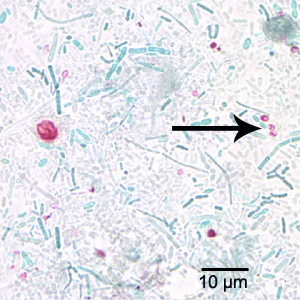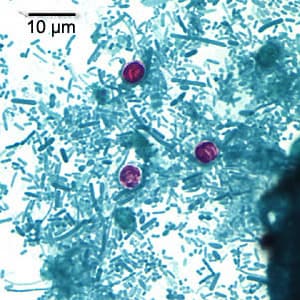
Case #142 - October, 2004
A 41-year-old man traveled to Tanzania and Kenya. Within two weeks of his return, he went to his health care provider with complaints of intermittent fevers, malaise, and headaches. His travel history also indicated he had visited several South American countries before his trip to Africa. The doctor ordered a blood smear and instructed the man to wait for the results. The smear was stained with Giemsa and examined. Figures A-D show what was observed on the smear. What is your diagnosis? Based on what criteria?
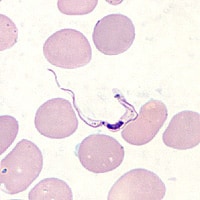
Figure A
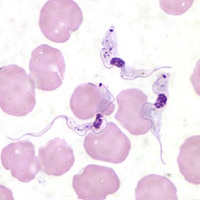
Figure B
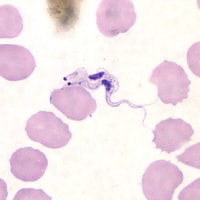
Figure C
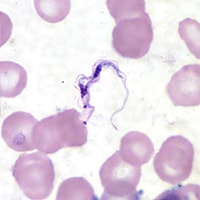
Figure D
Images presented in the monthly case studies are from specimens submitted for diagnosis or archiving. On rare occasions, clinical histories given may be partly fictitious.
DPDx is an educational resource designed for health professionals and laboratory scientists. For an overview including prevention, control, and treatment visit www.cdc.gov/parasites/.
Page last reviewed: August 24, 2016
Content source: Global Health, Division of Parasitic Diseases and Malaria
